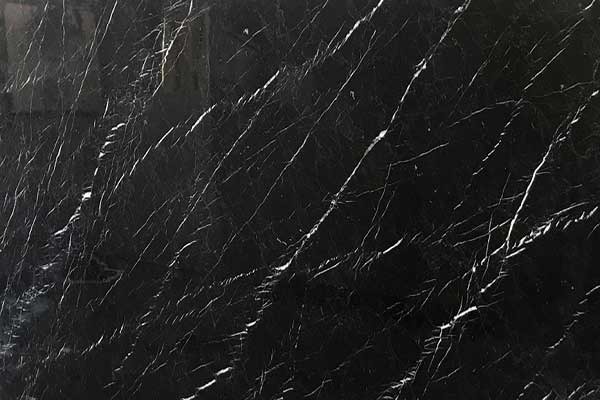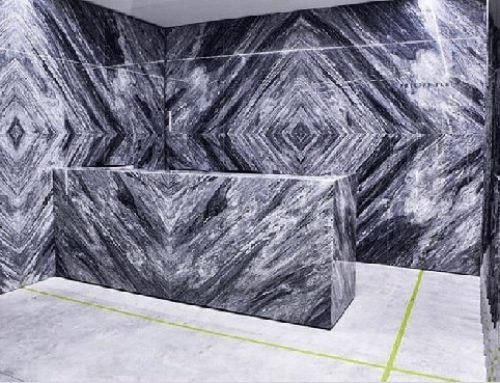Lashtar marble is seen as one of the precious stones of Iran in many Iranian monuments and antiquities. It was used to make stone furniture for homes, buildings, bridges and paving public places. The use of this stone for many years is a confirmation of its resistance to heat and cold and weather conditions. In the past, this stone was also used as cut stones on buildings.
Isfahan is one of the main centers of Iranian stone production and Lashtar stone is one of its best stones. Lashtar stone mine is located 35 km south of Isfahan in Lashtar region.
Laster marble
This stone is one of the types of Iranian marble. Laster stone is usually marketed in two ways: ax-blade stone and scraper. In world markets, Lashter marble is known as Petra Gray and is available in slabs and tiles.
One of the prominent features of Lashtar stone It has low water permeability. Due to the low absorption of these rocks, they do not have problems in wet and humid environments in the presence of water. Therefore, their use is common in the bathroom. As we said, Lashtar stone is one of the types of marble stones and therefore has good resistance.
One of its applications is decorative due to its beauty and durability. It can be cut and used in different sizes and dimensions. Also, due to good resistance in different weather conditions, its use is common in building facades. This stone has been used in the construction of Naghsh Jahan Square in Isfahan.
Specifications of Lashtar marble
- Physical characteristics
- Low water absorption
- Anti-slip
- high resistance
- Price
Appearance
It has a black or gray background and white streaks can be seen in it.
Applications of Lashter marble in construction
Its most important applications:
- Building walls
- the floor of the building
- Stairs
- W.C



Leave A Comment